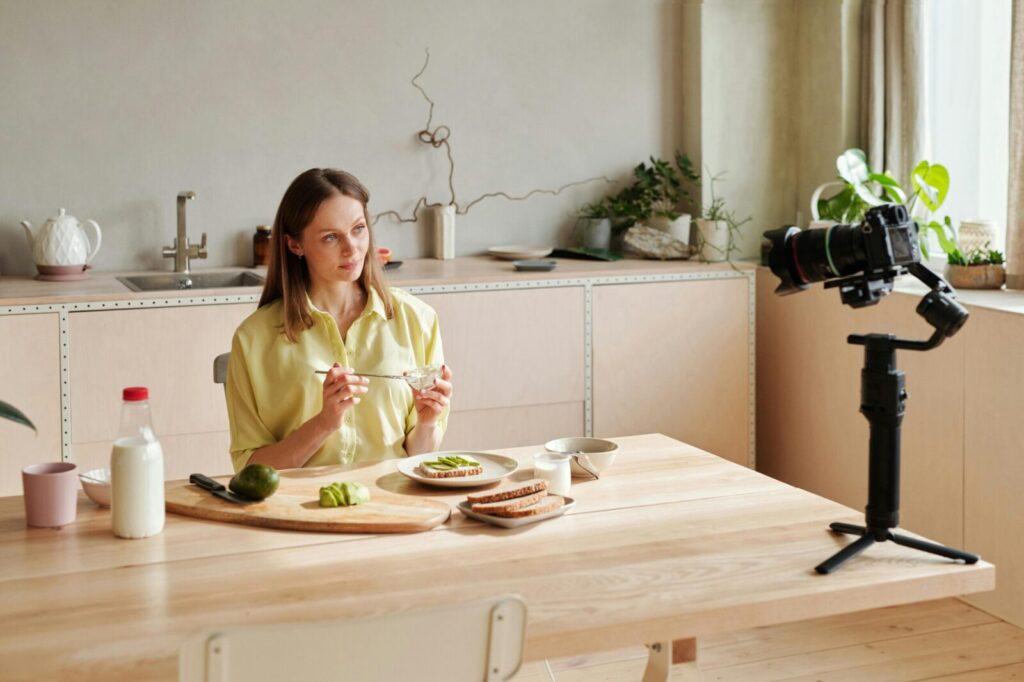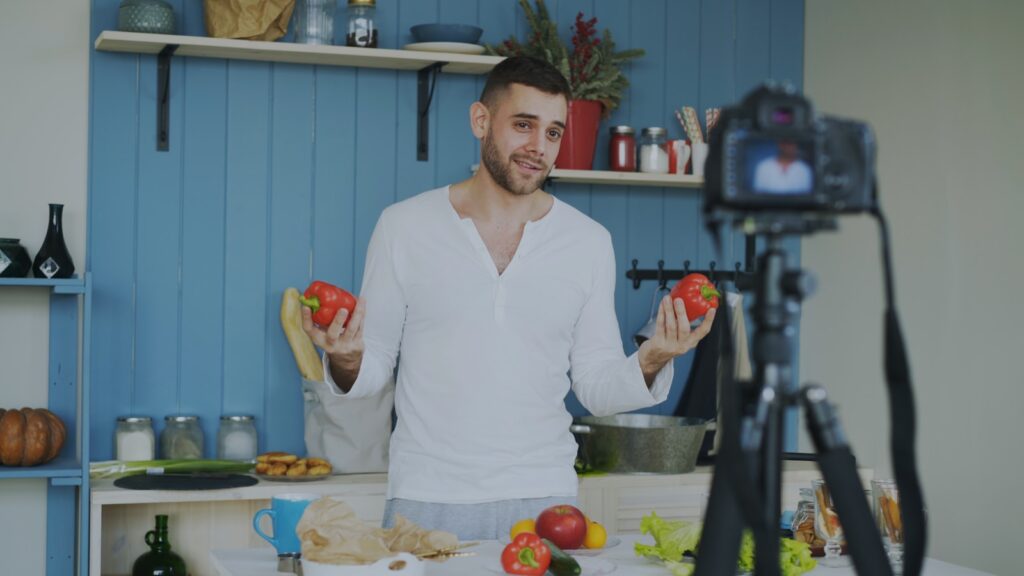The rise of food influencers has changed how people receive nutrition advice online. Instead of turning to dieticians, many now follow charismatic creators who pair appealing visuals with quick, simple guidance. While some provide useful ideas, others spread information that lacks scientific grounding. Understanding how influencers gained this authority helps explain the shift in trust and why their content has become more influential than professional expertise.
How Influencers Replaced Traditional Expertise

Food influencers have taken over a space once shaped by dieticians by offering content that feels friendly, relatable, and easy to understand. Their posts rarely rely on complex science; instead, they frame eating habits as part of a lifestyle viewers can adopt. This approachable tone makes their advice seem less intimidating than professional consultations. As audiences seek quick answers, influencers naturally fill the gap with confident, visually driven guidance.
The Shift Toward Bite-Sized Nutrition Content
The dominance of short-form content accelerated the shift. Dieticians traditionally rely on detailed, evidence-based explanations that require time and patience, which often clash with social media’s fast consumption style. Influencers simplified nutrition into quick statements and easy takeaways, making their posts instantly digestible. This brevity helped them reach people who prefer quick insights over long reports, allowing influencer-led advice to spread far more rapidly than professional guidance.
Visual Storytelling and Its Massive Impact

Visual storytelling became one of the strongest tools influencers used to build authority. Vibrant smoothie bowls, crisp ingredient shots, and rapid recipe videos naturally attract large audiences. These polished visuals make healthy eating appear fun and attainable, encouraging viewers to mirror what they see. Dieticians, who may not have the time or resources for aesthetic content creation, often struggle to match this level of online appeal, allowing influencers to dominate attention.
Parasocial Bonds Create Stronger Trust
Influencers also build trust through parasocial relationships, formed when followers feel personally connected despite never meeting them. They share daily routines, personal struggles, and behind-the-scenes moments, creating the illusion of friendship. Because this emotional closeness feels genuine, audiences often trust their food advice more than that of dieticians who maintain professional boundaries. This relationship-driven trust becomes powerful, even when the shared nutrition guidance is incomplete or overly simplified.
Algorithms Amplify Influencer Authority

Social media algorithms reward engagement, pushing content that gathers likes, saves, or comments. Influencers excel at crafting posts that evoke reactions, whether through aesthetic presentation or bold claims. Dieticians, who favor accuracy over sensationalism, often see less engagement, causing the algorithm to push their posts lower. Over time, users encounter influencer content more often, reinforcing the perception that influencers are the primary voices of nutrition, even without formal training.
Trend-Based Content Outshines Nuanced Advice
Influencers thrive on trends such as detox drinks, quick weight-loss tips, or photogenic “healthy” plates. These ideas may contain fragments of real nutrition science, but are often stretched for dramatic effect. Trendy content spreads quickly because people are drawn to simple, promising solutions. Dieticians rarely endorse such claims, as they must remain accurate and cautious. Their careful, measured advice spreads more slowly, allowing flashy trends from influencers to dominate public attention.
Sponsorships Strengthen Influencer Reach
Brand partnerships significantly boosted influencer credibility and visibility. Companies promoting supplements, protein powders, and meal kits actively seek influencers because they can quickly shape consumer behavior. These sponsorships motivate influencers to make confident statements, even when evidence is limited. Dieticians, restricted by ethical guidelines, cannot promote products without proper support, making them less appealing to advertisers. This commercial imbalance further elevates influencers in the online nutrition space.
Community-Building Gives Influencers an Edge
Influencers excel at cultivating enthusiastic communities centered on shared goals. Through recipe challenges, comment interactions, and supportive group spaces, they create environments where followers feel understood and encouraged. Dieticians, who must protect client confidentiality and maintain professional distance, rarely build such informal communities. As a result, influencers appear more approachable and motivating. This emotional connection keeps followers loyal, even when the advice they receive lacks scientific depth.
The Real-World Impact of Misinformation
The influence of unverified advice has real consequences. Followers who adopt restrictive diets or misleading recommendations may face nutrient imbalances, digestive problems, or unhealthy relationships with food. Dieticians often intervene later to correct misunderstandings, but misinformation spreads faster than corrections can keep up. The constant prioritization of entertainment over accuracy blurs the line between what is merely trendy and what is actually safe, creating long-term risks for audiences.
A Future of Collaboration and Balance

The online nutrition landscape is slowly shifting toward collaboration. Many dieticians now partner with influencers to blend scientific accuracy with engaging presentation. This approach helps ensure that viewers receive reliable information without losing the appeal that makes influencer content popular. Such collaborations signal a more balanced future where entertainment and expertise work together, creating a healthier digital space for people seeking guidance about what to eat and how to live.
Comments